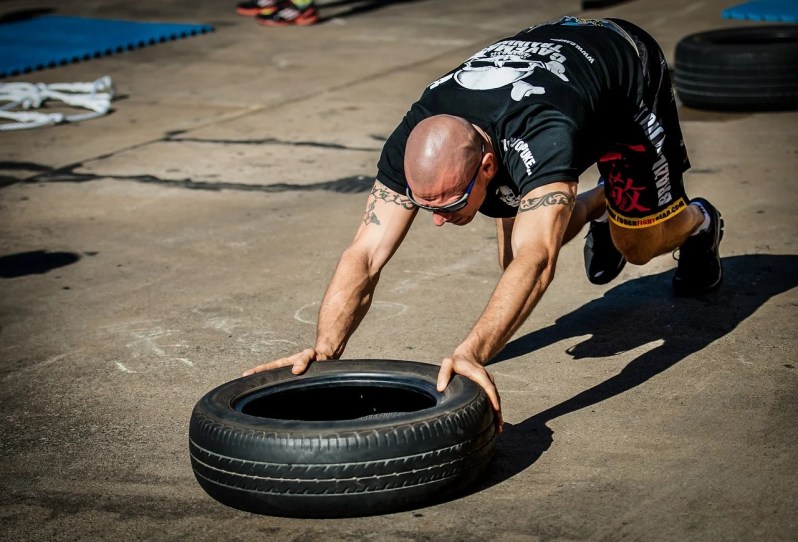CrossFit is a surefire way to pump up your muscles and test your cardiovascular fitness. It’s a training program involving varied, vigorous, functional movements designed to work your whole body and give you a serious workout sesh. This type of ever-popular high-intensity exercise is known to push you to your physical limits, and today, you can find over 15,000 affiliated CrossFit gyms worldwide. In one CrossFit session, you might perform bodyweight squats, climbing ropes, flipping tires, push-ups, lifting weights, and more.
The CrossFit community also encourages other healthy habits, like hydration and healthy eating, to promote overall wellness. CrossFit provides a range of benefits, and recently, researchers set out to explore if it could also reduce back pain and the need for pain medication. Let’s delve into the research.
The study

In a recent UK study published in the journal OBM Integrative and Complementary Medicine, researchers recruited 1,211 adults who did CrossFit. The participants’ ages ranged from 19-67.
Researchers inquired about participants’ health, the prescription medications they took, and whether their prescriptions had changed since starting CrossFit. 280 participants reported taking at least one prescription medication to manage a health condition before starting CrossFit. Some of the most common health conditions reported include depression, anxiety, high blood pressure, asthma, chronic pain, and type 2 diabetes.
The results

The researchers found that doing CrossFit could potentially reduce the need to use prescription drugs for those living with long-term conditions. They pointed out that CrossFit could be an additional way to help manage a range of chronic conditions.
Here are the most interesting results from this study:
- 54% of participants who had been taking a prescription drug prior to starting CrossFit reported reducing their dosage after they started this type of exercise.
- 69 participants had stopped their medication entirely, and another 82 reported cutting their prescription dosage in half.
- Younger participants were more likely to reduce their medication, and 43% of this subgroup reported cutting their prescription dosage by more than half. 27% of this younger subgroup stopped using a prescription drug altogether.
- 40% of all adults in the study reported that they required fewer doctor visits after beginning CrossFit.
- 29% of all individuals in the study reported halving their prescription dosage, and 25% no longer needed to use a prescription drug.

These improvements took place within the first six months of training. CrossFit also helped many people manage symptoms and chronic pain. Many participants were using painkillers to manage back pain and arthritis. Over half had reduced their painkillers thanks to CrossFit. Some had even postponed or canceled surgeries. It’s important to note that this study has limitations because it didn’t track other lifestyle changes, and the data relies on self-reported information.
The takeaway

The takeaway is that CrossFit is a worthwhile workout that ramps up your heart rate, torches calories, and promotes weight loss. It combines effective strength training and aerobic exercise for optimal results. You can adapt the program to your fitness level and choose exercises you feel comfortable with until you’re ready to advance. You can work with knowledgeable trainers and only select exercises you can do with proper form before trying more challenging moves.
This study shows that doing CrossFit could potentially help reduce back pain and the need for pain medications, which is just another reason to try it. While this study is promising, CrossFit isn’t for everyone. It’s best to ask your personal trainer or healthcare provider if you’re not sure if CrossFit is suitable for you.




